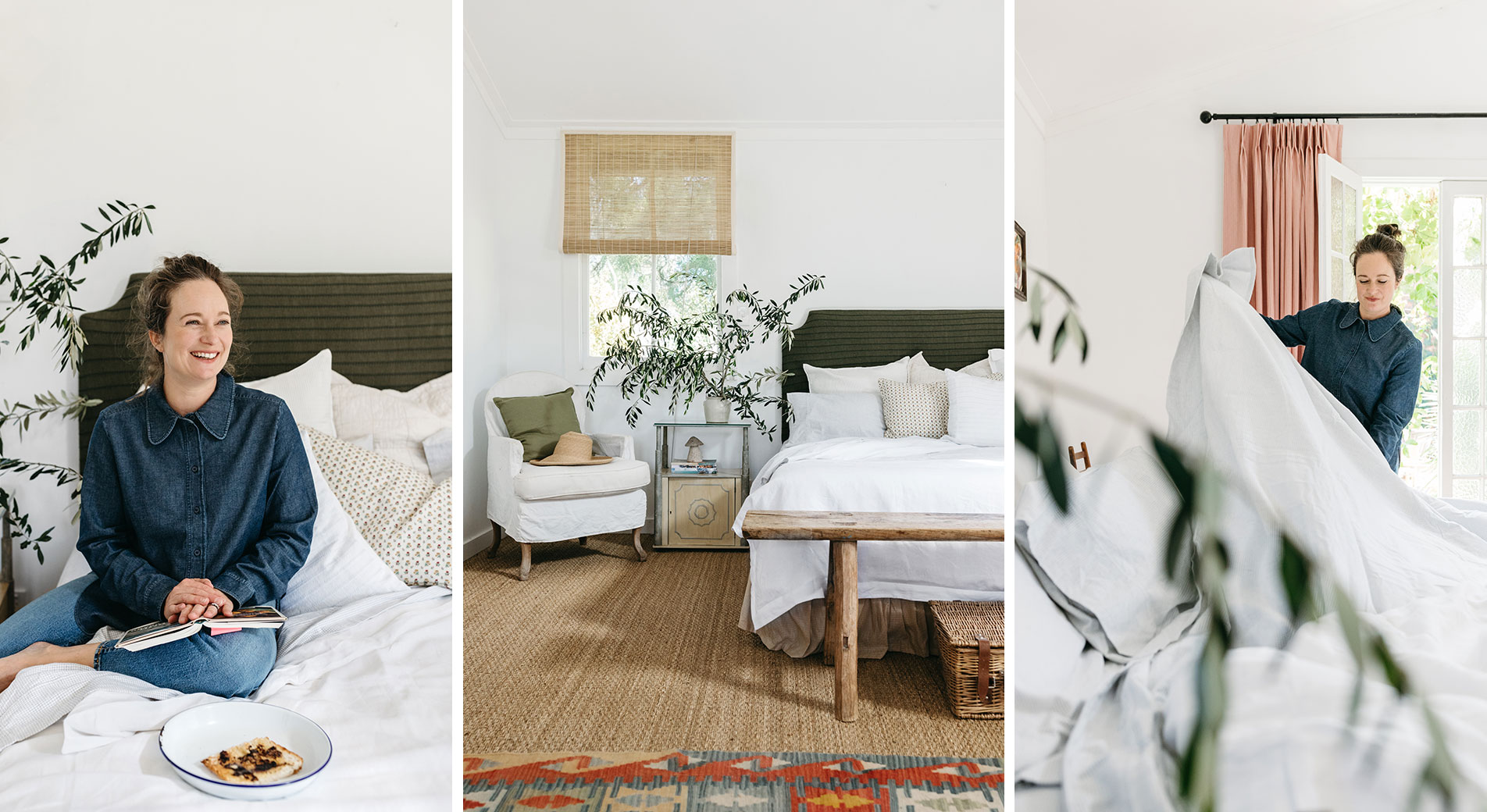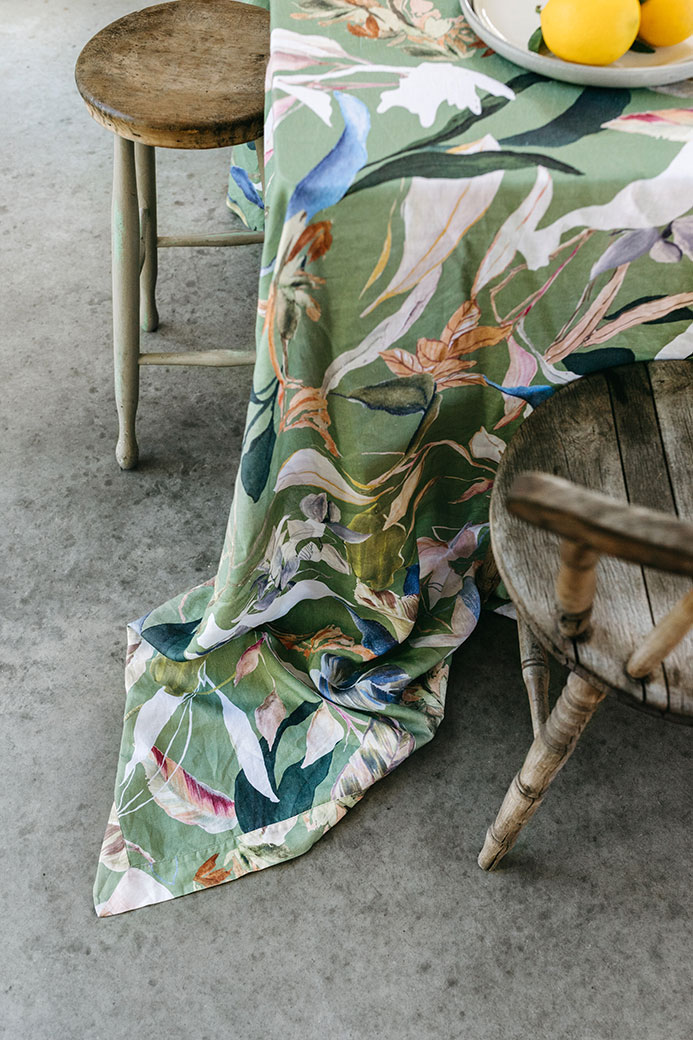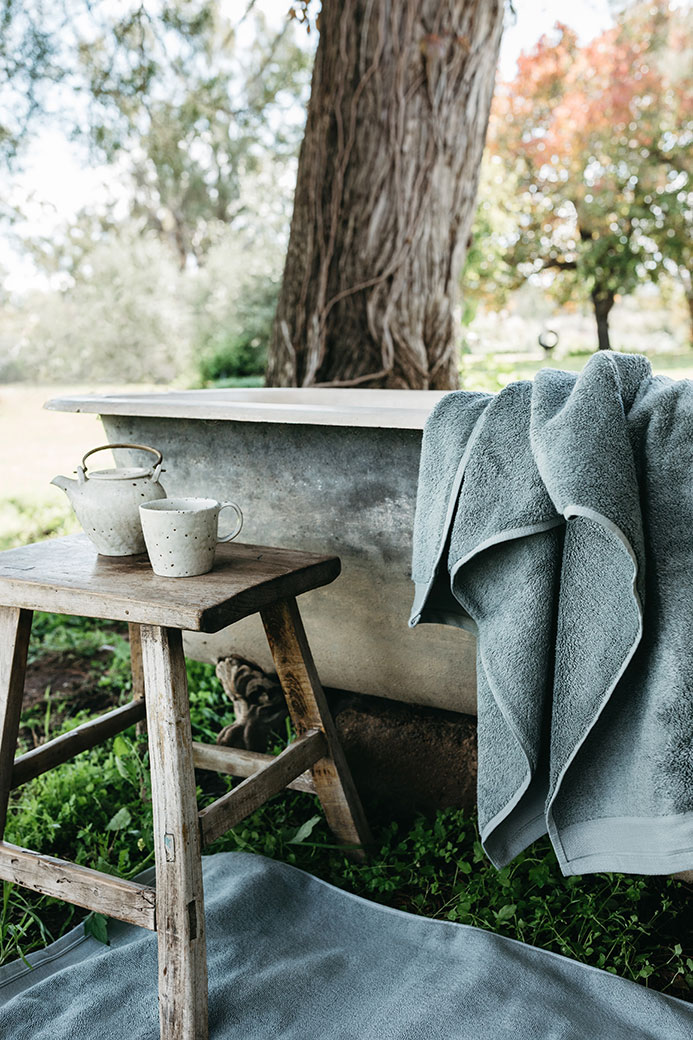At Home With Annabelle Hickson
Annabelle Hickson is a writer and photographer, who started her career as a news reporter for The Australian in Sydney and Brisbane. Despite her initial hesitation, Annabelle was swayed by her husband to trade in the city for a slower, more relaxed life out west.
Annabelle, her husband and three children now live on a pecan farm west of Tenterfield on the border of Queensland and New South Wales. At first, Annabelle feared rural life would put the brakes on her writing career, however it did quite the opposite. She’s written monthly columns for Country Style Magazine, co-created a podcast called Dispatch and written a book called A Tree in the House; but Annabelle’s most recent venture, a publication called Galah, confirms that the country has well and truly stolen her heart. The niche print magazine gives an insight into the beauty and diversity of life in rural Australia, and is deserving of a spot on every coffee table in Australia.
We caught up with Annabelle as she took us on a tour of her home and surrounds. It didn’t take long to realise why a move to the country is making its way onto more of our bucket lists.
What do you hope to achieve through Galah?
I want GALAH to be a media platform for regional Australia. Right now it’s a printed magazine (three times a year) and soon (ish) it will also be home to a number of different podcasts.
So often life in regional Australia is portrayed through a lens of disadvantage. Droughts, fires, floods, lack of services, but my own experience of living out here has been one of advantage .. it’s been the making of me.
When I first moved out here, I was scared it would be the end of my journalism career (I was a reporter with The Australian) and the end of my social life (our closest town is an hour away. It has 4000 people in it). I thought it could be good for my young family, but definitely bad for me. Those fears were completely unfounded. This rural life has surprised and delighted me in equal measure.
I think my original ignorance and almost fear of the bush speaks to something wider in Australia, where 85 percent of us live within 50km of the coast. We are so urbanised and that connection between the city and the country, which was once so strong, has eroded. And without connection and understanding, caricatures like stupid/backwards country people and elite/snobby city people thrive. My ill-informed, preconceived ideas about country communities are not uncommon.
But everywhere I look in rural Australia, I see smart, modern, innovative people. To survive, you have to be. I see competent people living lives with great dignity. I see strong, caring communities.
Diversity has also taken on a more immediate meaning for me. In a small town, you are all in it together. You all shop at the same supermarket. You know almost everyone by name. And even if you don't agree with someone's views, you cannot help but see them as a fellow human because there they are, putting a bag of apples in their supermarket trolley. When I lived in Sydney, there was very much more of a birds-of-a-feather cultural life. You'd congregate with people with similar socio-demographics. Even though the city as a whole was very diverse, I didn't actually brush up against much diversity in my daily life. So, somewhat counter-intuitively, my small-town rural life has done a lot to teach me about the importance of a diverse cultural, racial, socio-economic community. We are all doing the best we can. We all have a right to be here. We are all humans.
As these stereotypes about rural life fell apart one by one in my mind, I was motivated to start a publication that showed rural life through the lens of advantage, rather than one of disadvantage. I wanted to shine a light on modern, innovative, diverse and resilient country life. I wanted to build a bridge between the country and the city. And I wanted it to be incredibly beautiful, because after all beauty is a unifying force.
The most recent issue of Galah explores domestic life, what are some of your tips for maintaining a beautiful, functional and comfortable home, all the while juggling a family and a busy work life?
I literally have no tips because I find domestic life so hard. Cook, eat, clean, repeat. No matter how well you do it on any given day, it’s there again the next. Unpack, wipe, fold, repeat. Sometimes I wonder if not having to look at unfolded washing anymore is the secret upside of death. Nora Ephron said it was not having to worry about your hair but I’ve already given up on that. It is genuinely perplexing to me how to deal with domestic life.
Issue 2 is about the Domestic not because I have anything useful to say about it, but because I wanted to learn from others how on earth they do it.
How important is it to have long lasting/quality homewares and furnishings in your home?
It’s a bit hard to justify rushing out and buying anything new these days. So if we do, we better make it count.
What do you and your family love most about the area?
The freedom. During the last school holidays the children headed off on their motorbikes one morning to the river armed with an axe, a lemon, a box of matches and a raw chicken. We didn’t see them until late afternoon. I don’t know what they ate. It wasn’t the chicken (‘mum it was all uncooked when we cut it open’ and ‘we dropped it in the sand about a hundred times’) but they were, for the rest of the holidays, obsessed with that river spot, building a semi-permanent camp out of twigs and branches and anything they would whittle with the neighbours’ kids. That pretty much sums up what we love about this place.
Is there anything you miss about living closer to the city?
My sister. And home delivery.
What’s your favourite part of your house
I hope this doesn’t sound too cheesy, but it’s having a bath in the old tub that’s outside under the pine tree. It looks west, through the river gums to the pecans and mountains behind and when the sun sets there is no place I’d rather be.


